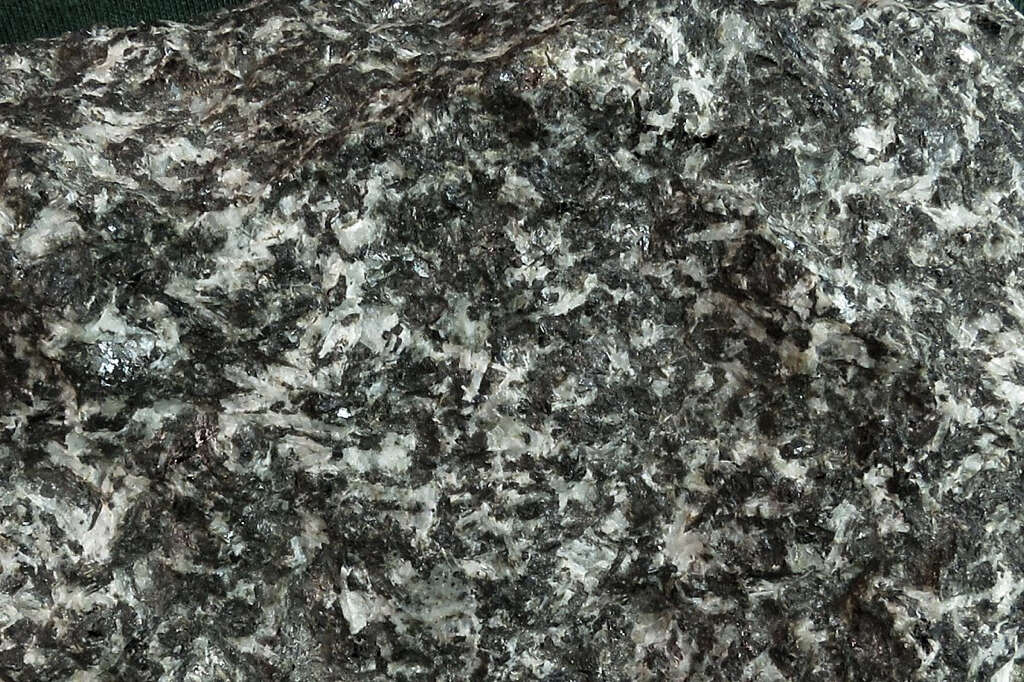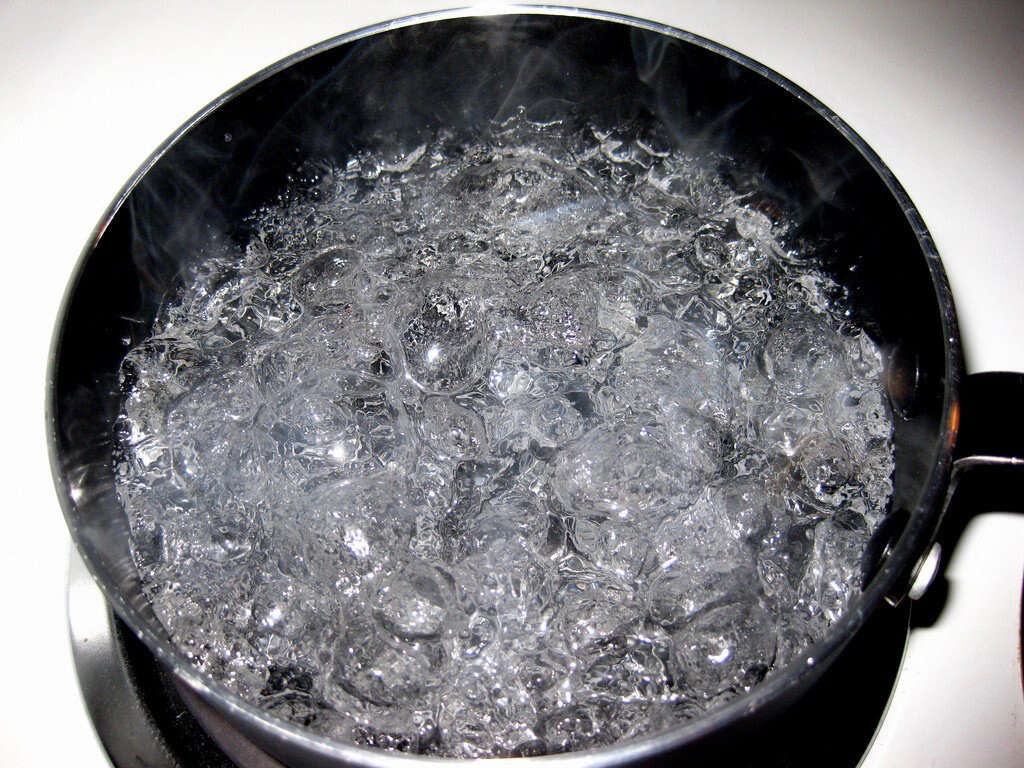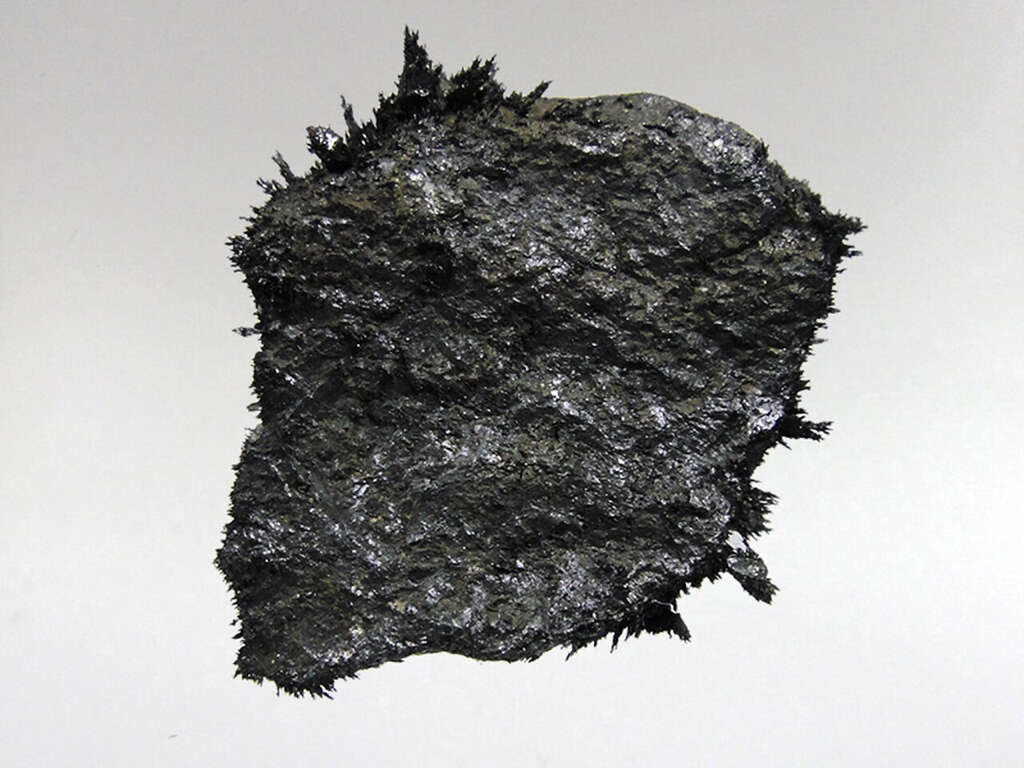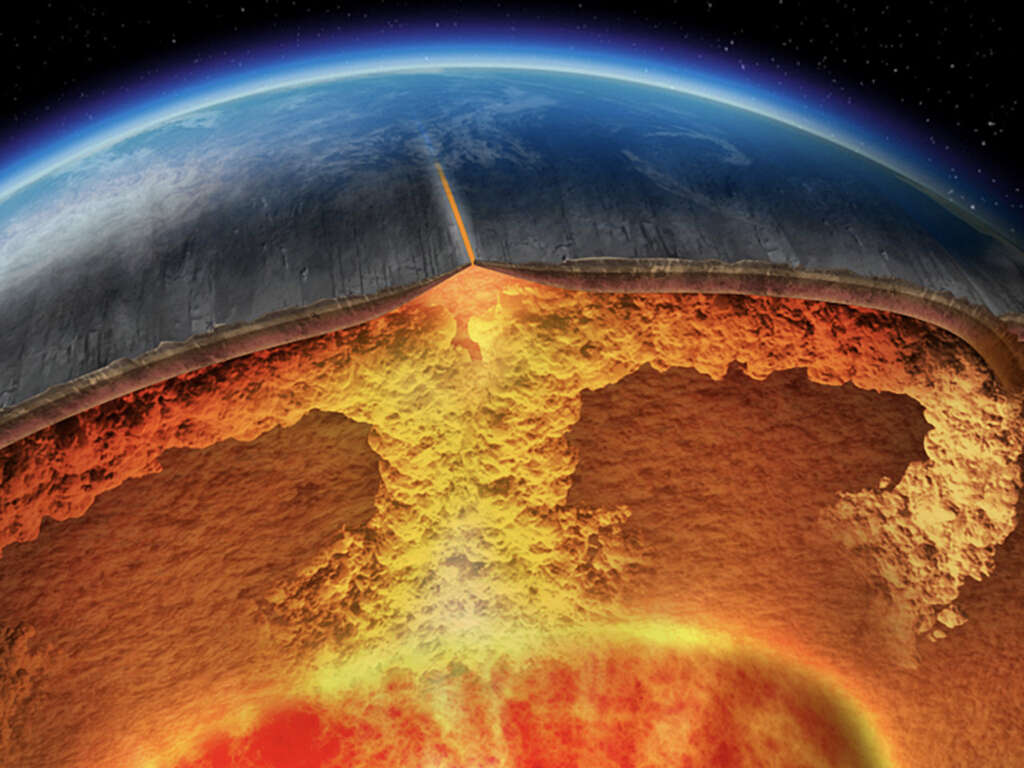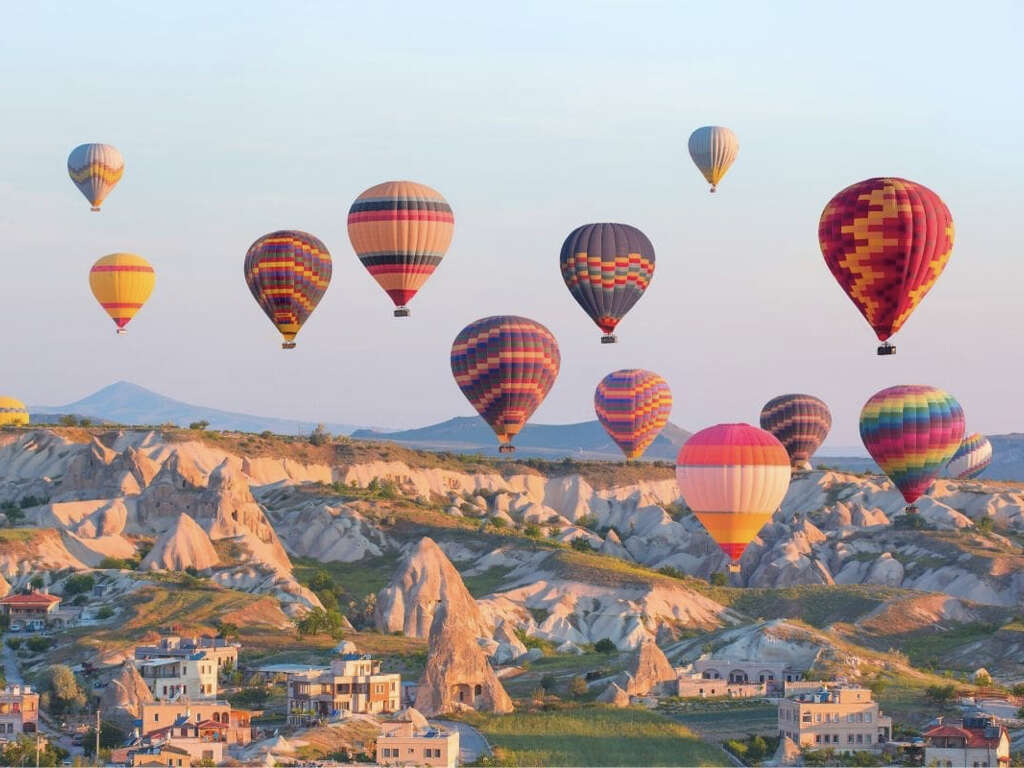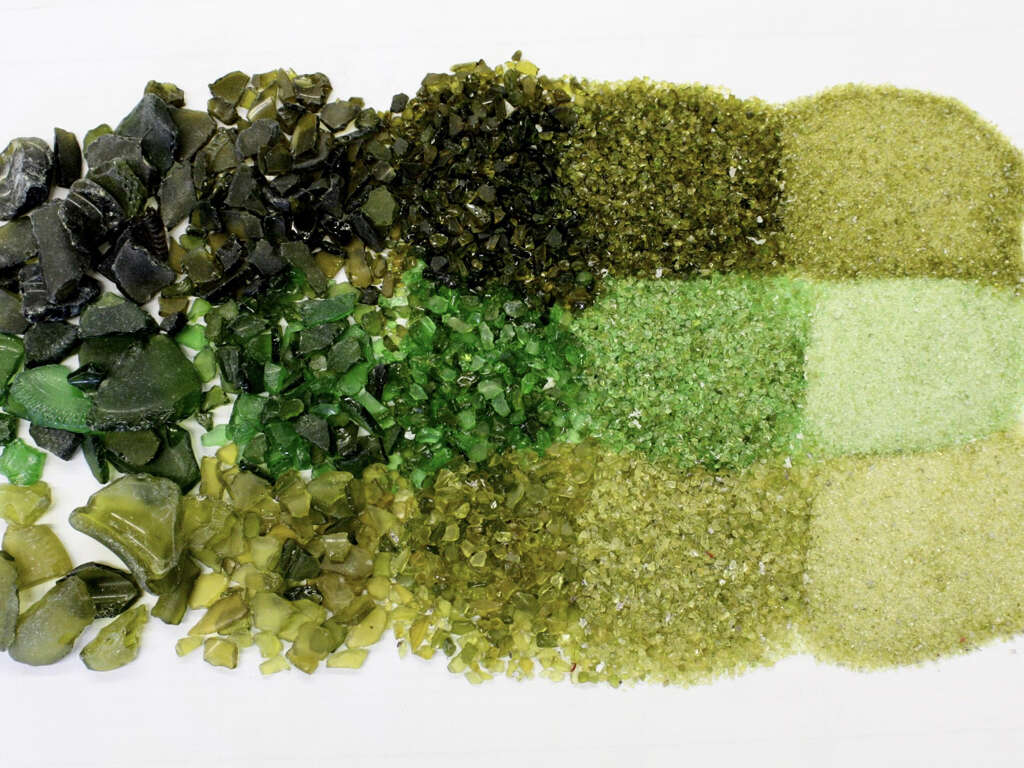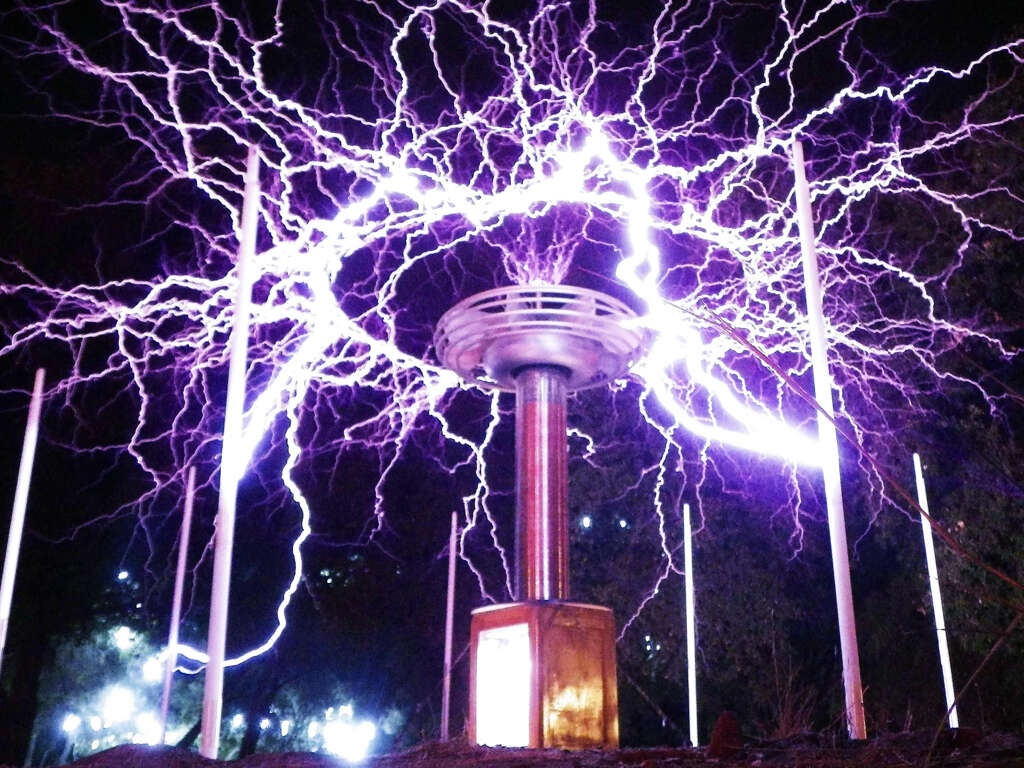What Is Magma?
Hawaiian volcanoes have done a good job of confirming that what lies beneath the surface does not always stay there. Magma is molten and liquid rock that is found under Earths surface. When a volcano erupts, it spews magma that then cools and solidifies into lava.
It is made up of a number of minerals, dissolved gases, rock fragments, and suspended crystals. Its temperature can vary from anywhere between 600C and 1600C. Magma forms in the layer between Earths crust and outer core called the mantle. This is where the level of pressure and high temperatures are sufficient to melt rock and keep magma in a fluid state.
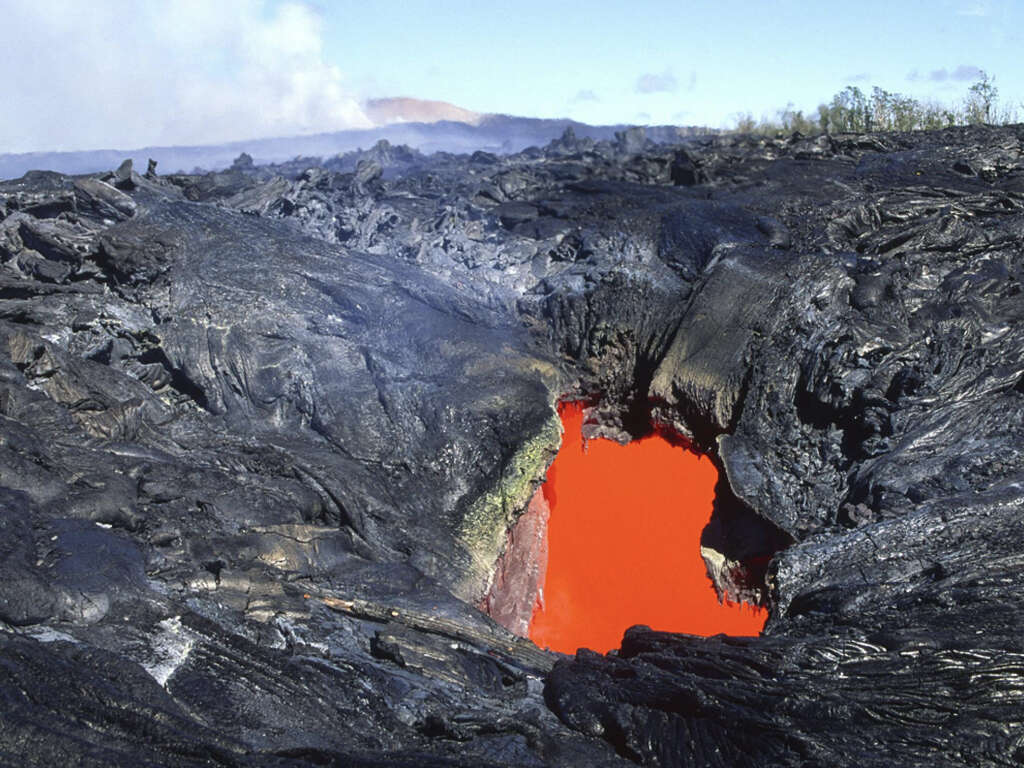
1. Basaltic
Also referred to as mafic, basaltic is a type of magma that is high in magnesium and iron, and low in sodium, potassium, and silica. It is the most abundant type of magma and what we often see when volcanoes in Hawaii erupt. It reaches the surface at a temperature of between 1100C to 1250C. When it cools on Earths surface, it forms basalt. Basalt is a dark fine-grained igneous rock that is crushed and popularly utilized as aggregate in construction works. It is often added when constructing concrete structures and laying a road base and pavement. It is also used for floor tiles and stone sculptures.
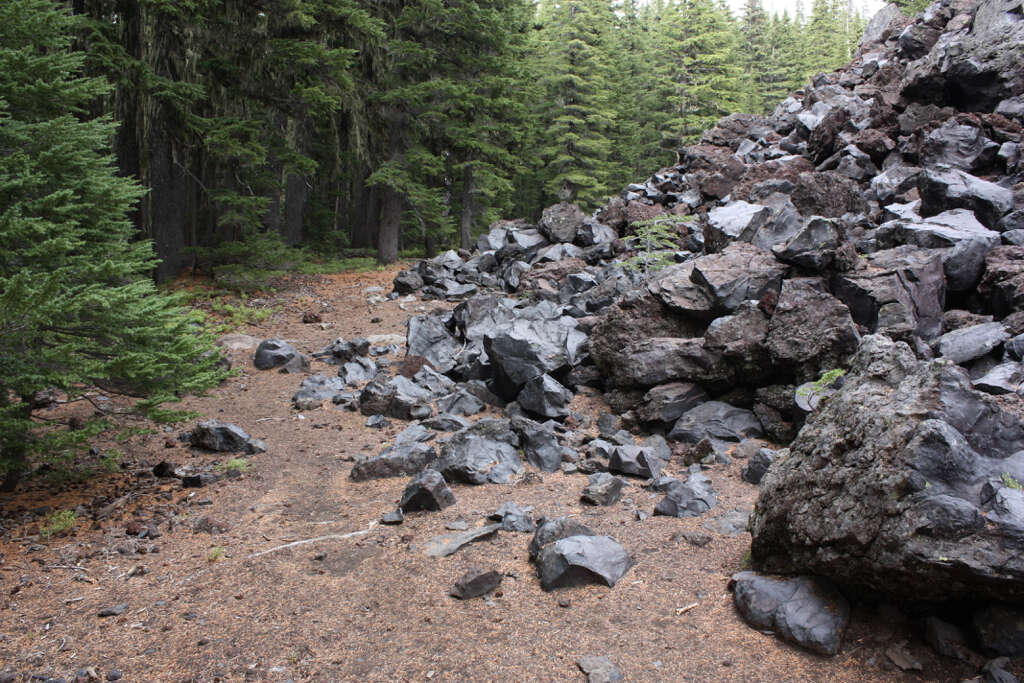
2. Andesitic
Andesitic magma has lower concentrations of the same minerals in basaltic magma, but more silica. It flows at a temperature range of between 800C to 1000C. The lava flow of this magma is characterized by loose rubble with mostly polygon shapes with smooth surfaces.
This is referred to as a block lava flow. Andesite is mostly found in stratovolcanoes that produce moderate eruptions with a thick lava flow that is full of rubble. It does contain more dissolved gases, so although the eruptions are moderate, they also tend to be explosive when reaching the surface.
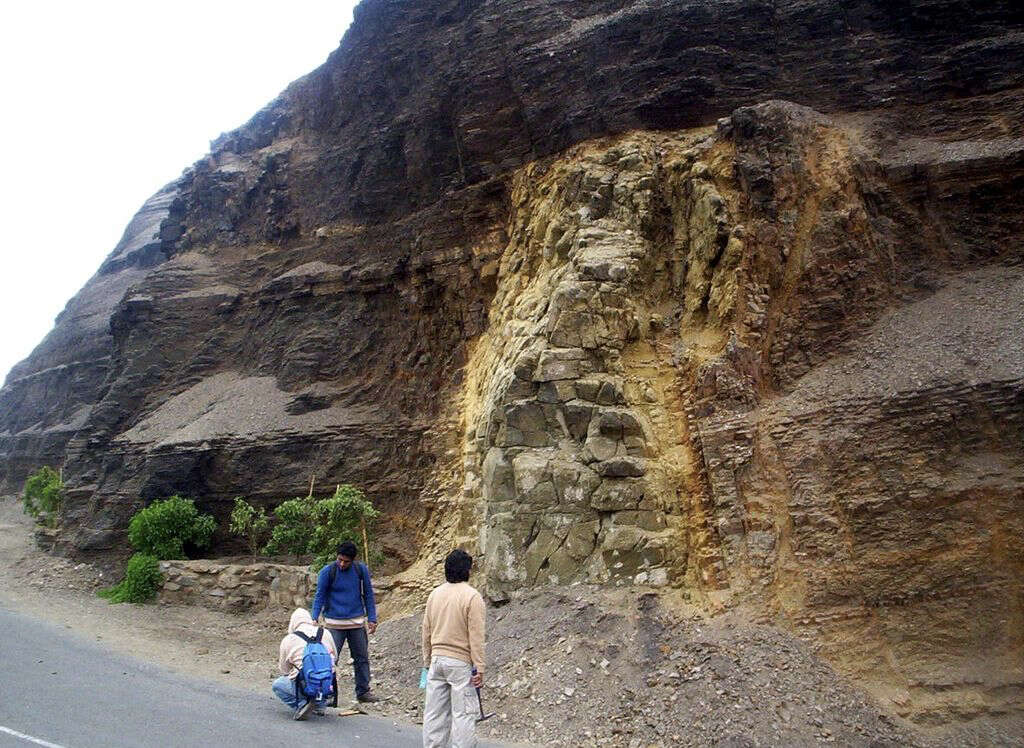
3. Rhyolitic
Rhyolitic magma contains high levels of sodium and potassium and is low in magnesium, iron, and calcium. It also has high levels of silica that help make it highly viscous. Also identified as felsic magma, it occurs at a temperature range of between 650C to 800C. When this magma is high in gas, it can erupt explosively, forming pumice.
If its flow is very porous, it can cause the gases to escape and allow the formation of smooth and dark obsidian. Rhyolite is comparable to granite and is also used as aggregate for construction work. Pumice stones are commonly used for cosmetic purposes, while obsidian is often made into jewelry.
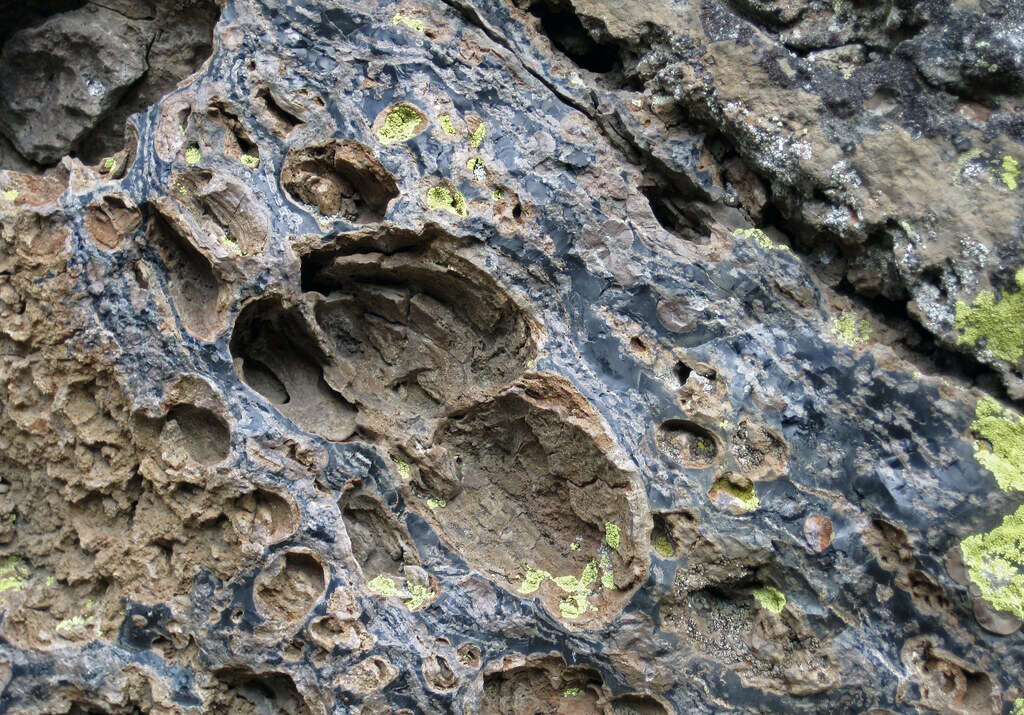
4. Viscosity
The temperature and mineral content of magma strongly influences how easily it will flow. Viscosity is defined as the resistance to flow. The higher the silica content and the lower the temperature that the magma occurs, the higher the viscosity it will have.
Therefore, when looking at the different types of magma, basaltic magma has the lowest viscosity, while rhyolitic magmas have higher viscosity. This characteristic helps determine how the magma will erupt. Volcanoes with steep sides form from more viscous magma, while flatter ones occur where the magma flows more easily.
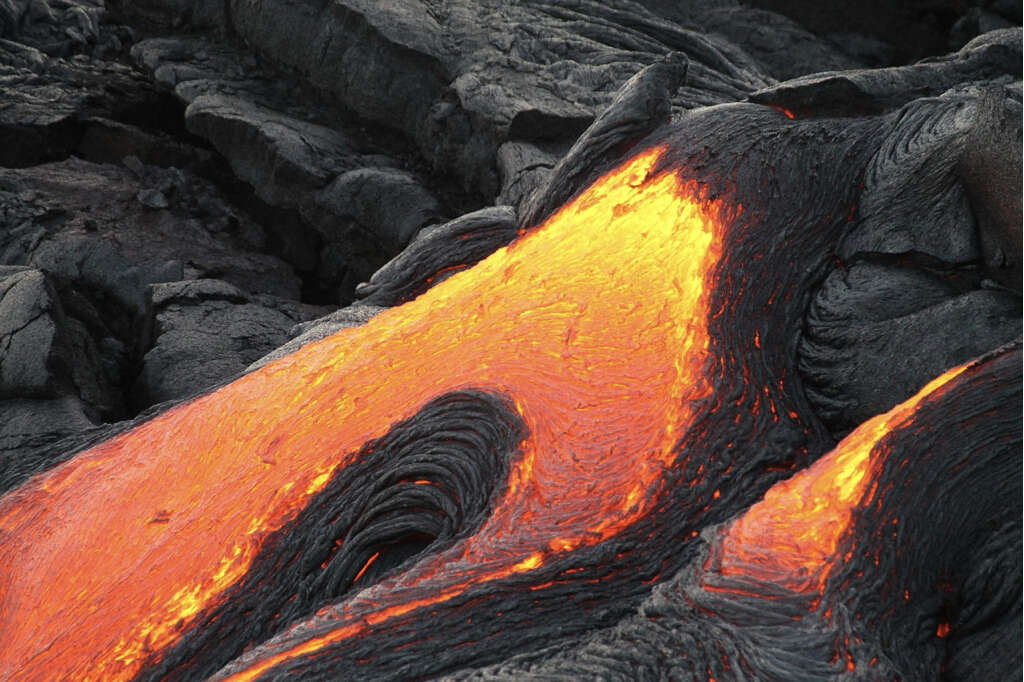
5. Magma Chambers
When discussing viscosity, it is good to also address the issue of magma chambers. These are areas below volcanoes where magma and gases accumulate. Felsic or rhyolitic magma has already been established to flow poorly. It, therefore, tends to remain more deeply within Earth’s crust, as deep as 100 miles below the surface, and here will cool and form igneous rocks like granite.
Alternatively, if there is sufficient buildup of pressure and it makes its way closer to the surface, it can be highly explosive, causing a volcanic eruption. The magma may also just end up moving into another magma chamber.

6. Decompression Melting
This is one of the mechanisms by which rocks melt to form basaltic magma. It occurs when the rock is kept at a sustained level of high temperature with the pressure reduced. The temperature just has to be close to the rock’s melting point. The reduction in pressure, or decompression, is due to being moved closer to the surface by convention movement in Earths mantle.
At this point, the rock can turn semi-liquid, resulting in partial melting. It is believed that decompression melting is what creates the ocean crust beneath oceanic ridges, and continental rift valleys on the continents of Africa and Europe.
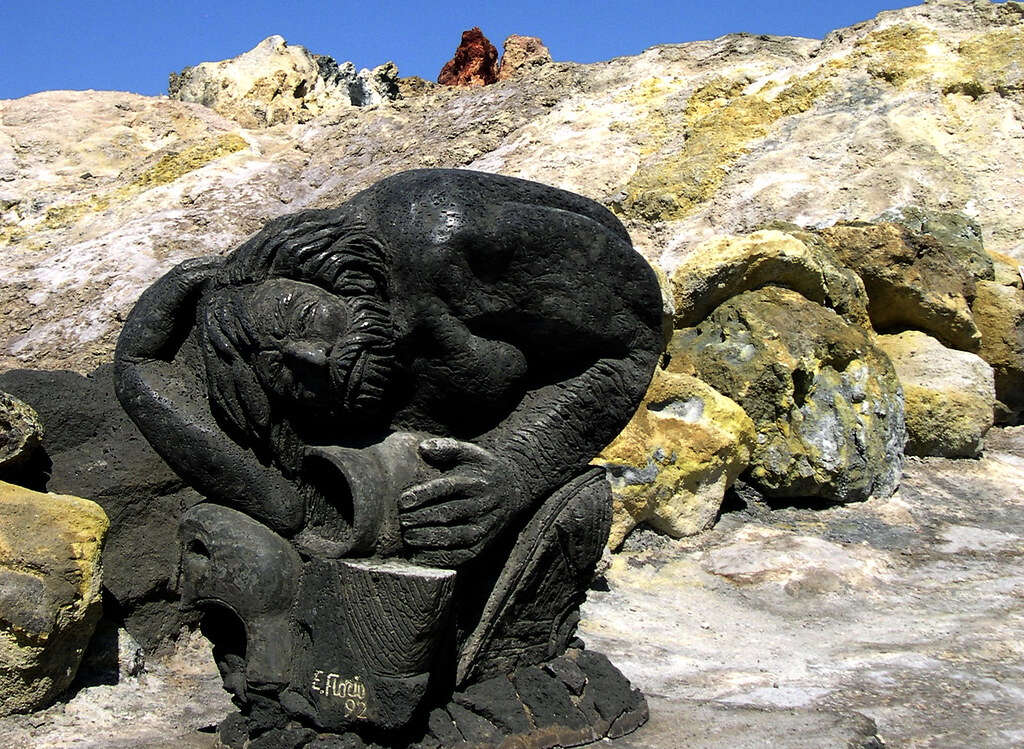
7. Heat Transfer
This is another process of magma formation that begins with preexisting magma. When it enters into cold crust and begins to cool, it transfers its heat energy into the surrounding crust. When there is a repeated occurrence of this kind of intrusion, there may be sufficient buildup of heat to raise the geothermal gradient and cause the surrounding rocks to melt and form new magma.
Rhyolitic magma can be formed this way by basaltic magma penetrating into and transferring heat into the rock of different mineral composition. This mechanism can also occur in the ocean crust and along continental rift valleys.
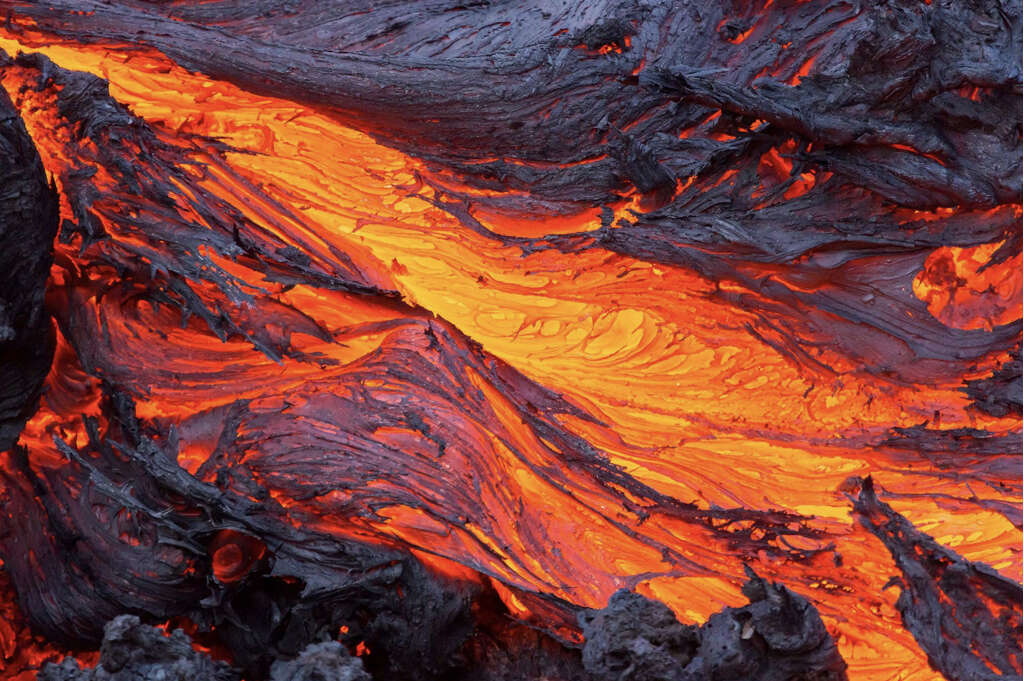
8. Flux Melting
This process of magma formation occurs where there is sufficient presence of water or carbon dioxide deep in the earth to lower the melting temperature of the rock. With a lower melting temperature, rock can begin to partially melt and begin forming magma.
This process takes place in subduction zones on the ocean floor, where plates are headed downward. At these points, water may penetrate into the mantle, causing its melting temperature to lower and cause partial melts. Once these partial melts rise to the surface, it then forms igneous and volcanic rocks. This commonly occurs with basaltic magma, hence the abundance of such rocks on ocean floors.
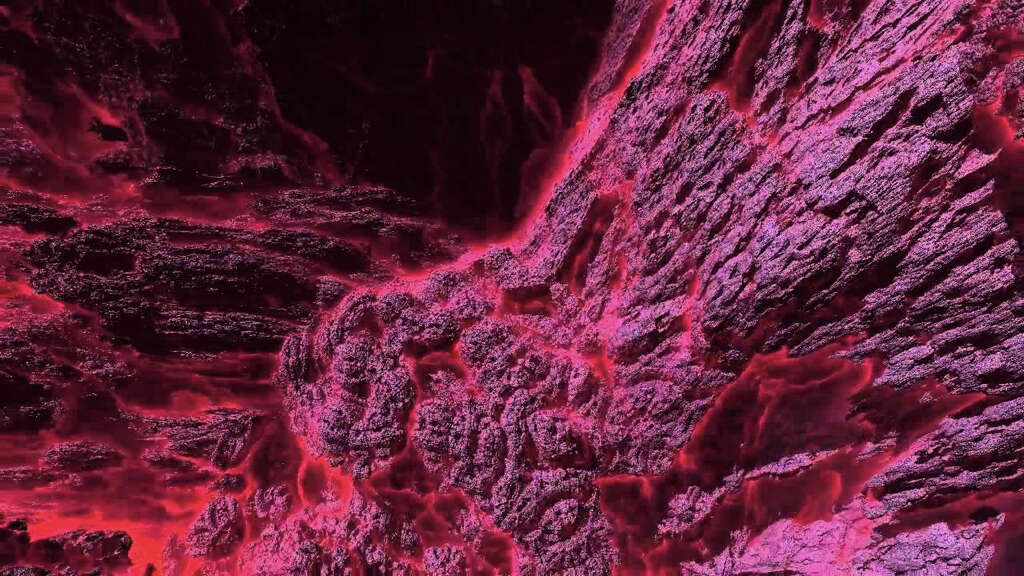
9. Lava
When magma finally erupts on to the surface, it is then referred to as lava. As mentioned, viscosity has a strong influence on how the lava will flow when it erupts. When it has low viscosity, it can flow for great distances, leaving behind a gentle slope up to its eruption point.
This lava eventually stops and cools to form volcanic rocks like basalt, rhyolite, and andesite. With high viscosity, the thick lava will pile high, building a high vent with little flow outward. Sometimes, the vent will even close over, creating a plug that may later cause a violent eruption due to temperature and pressure buildup beneath.
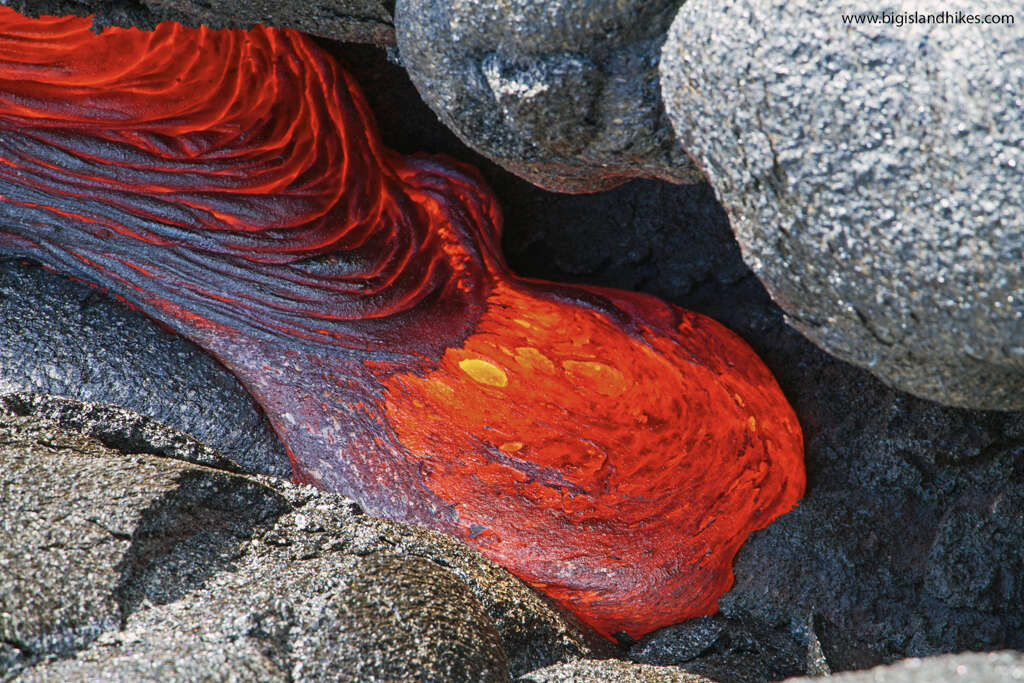
10. Plutons
Plutonic rocks, also called intrusive rocks, are usually found within magma chambers. This is where the magma never rises to erupt on to the surface, but rather becomes trapped within the crust, collects, and then cools slowly for tens of thousands of years or more. These rocks are eventually exposed through erosion.
They were named in the 18th century for the Roman god of the underworld. Plutons form coarse-grained igneous rocks like granite, gabbro, pegmatite, and quartz diorite. They are the most abundant type of rock on Earth and form the base of our continents and the roots of mountains like Cardinal Peak in Washington State and Mount Kinabalu in Malaysia.
